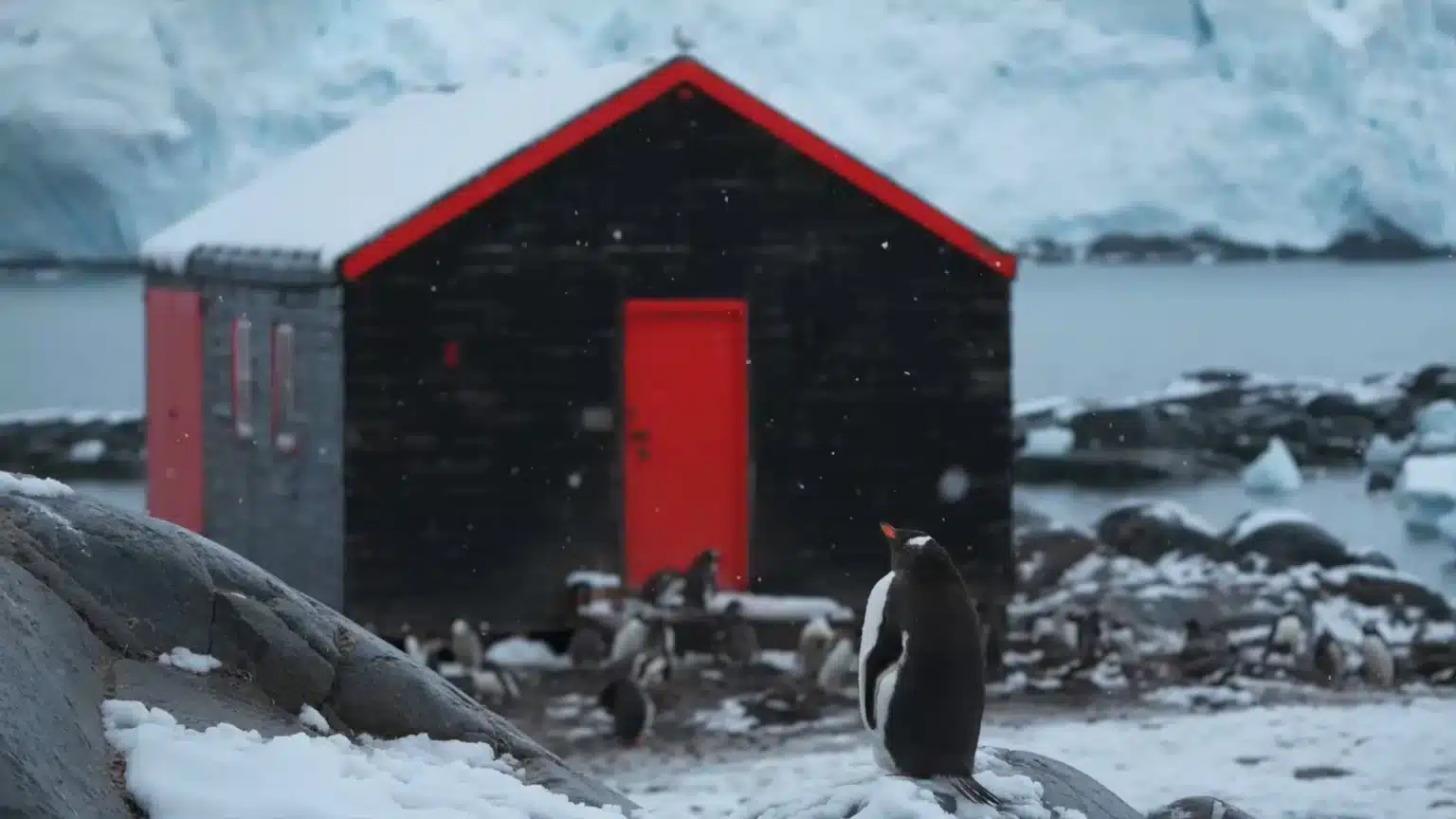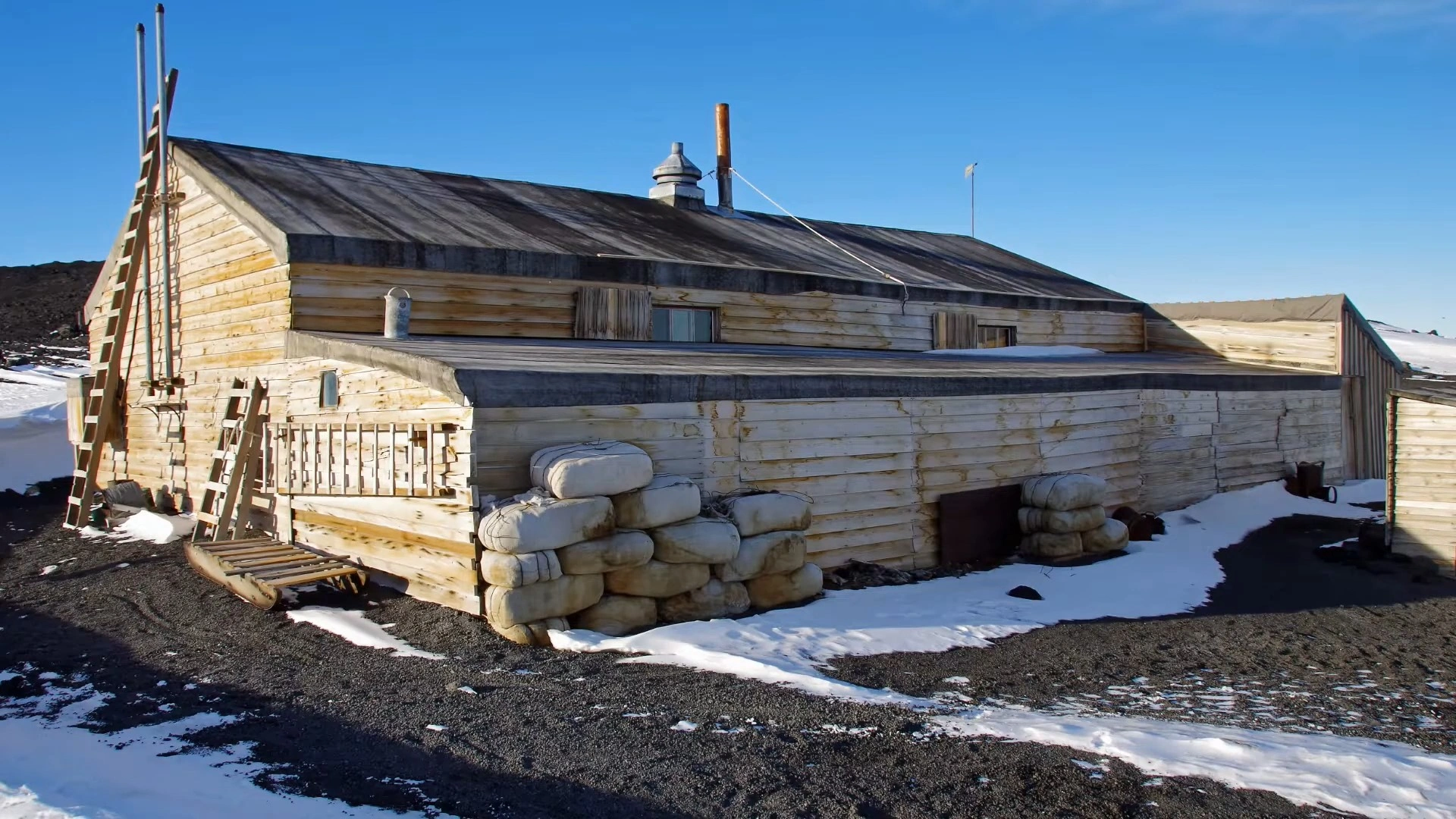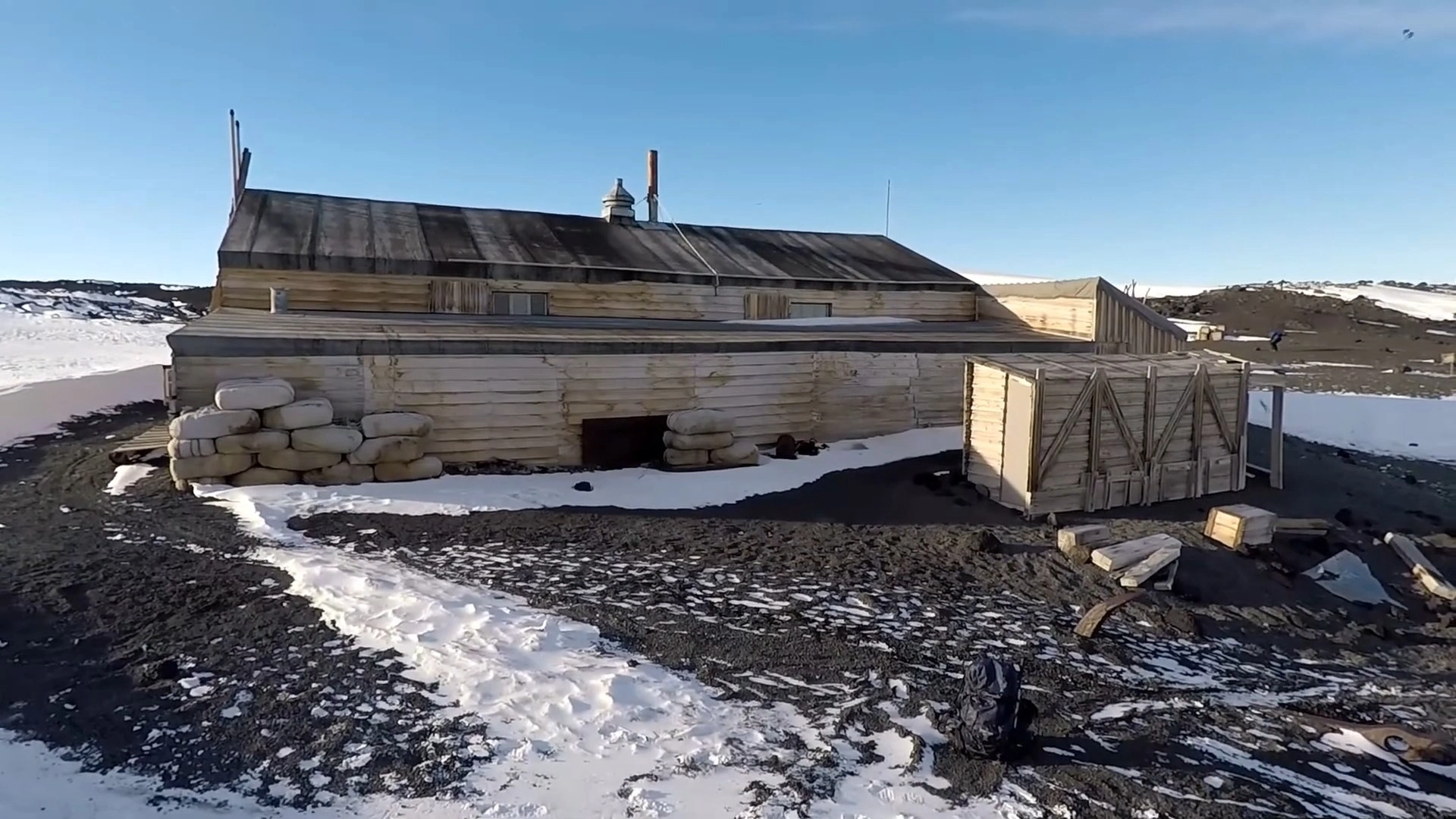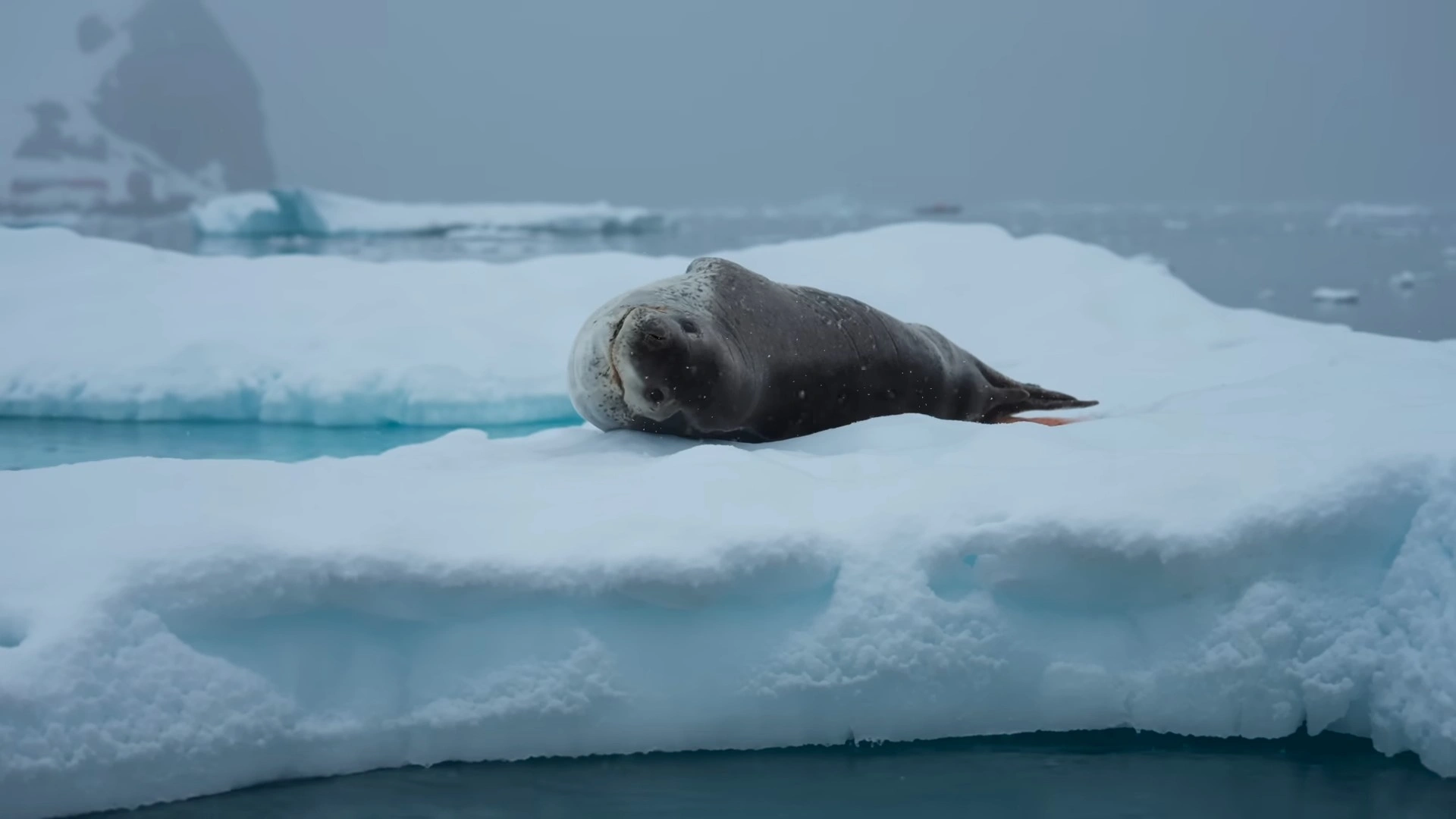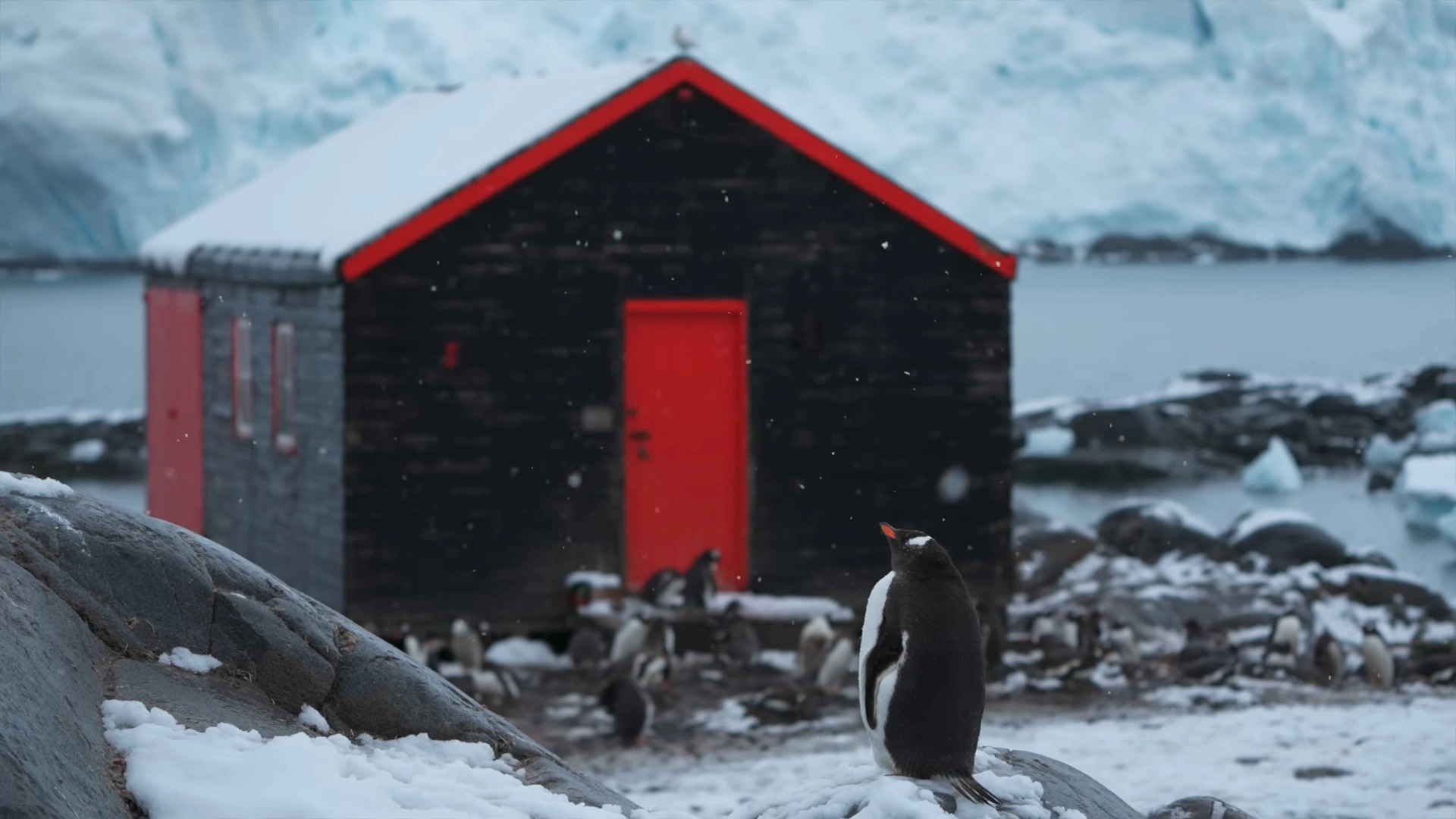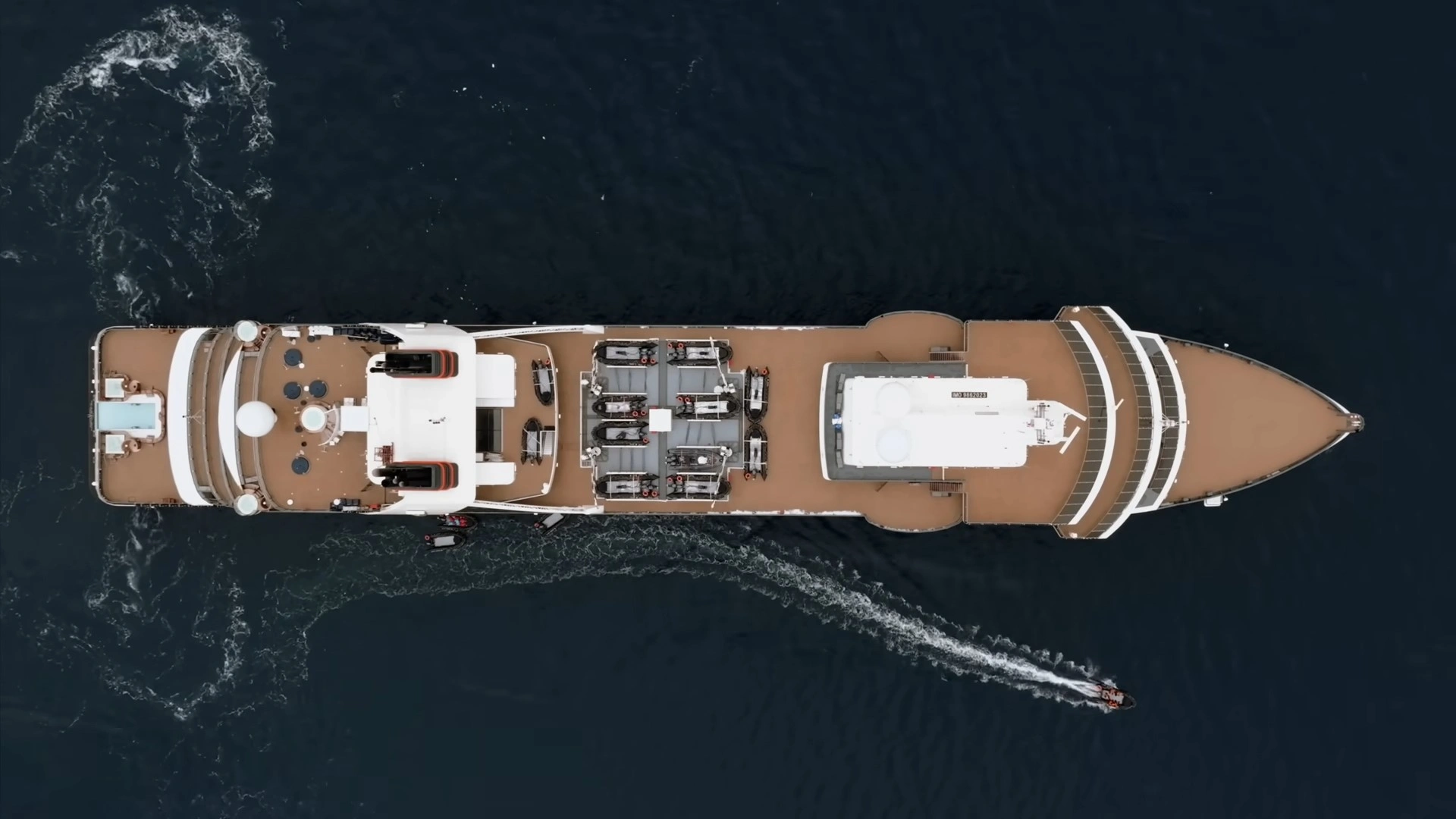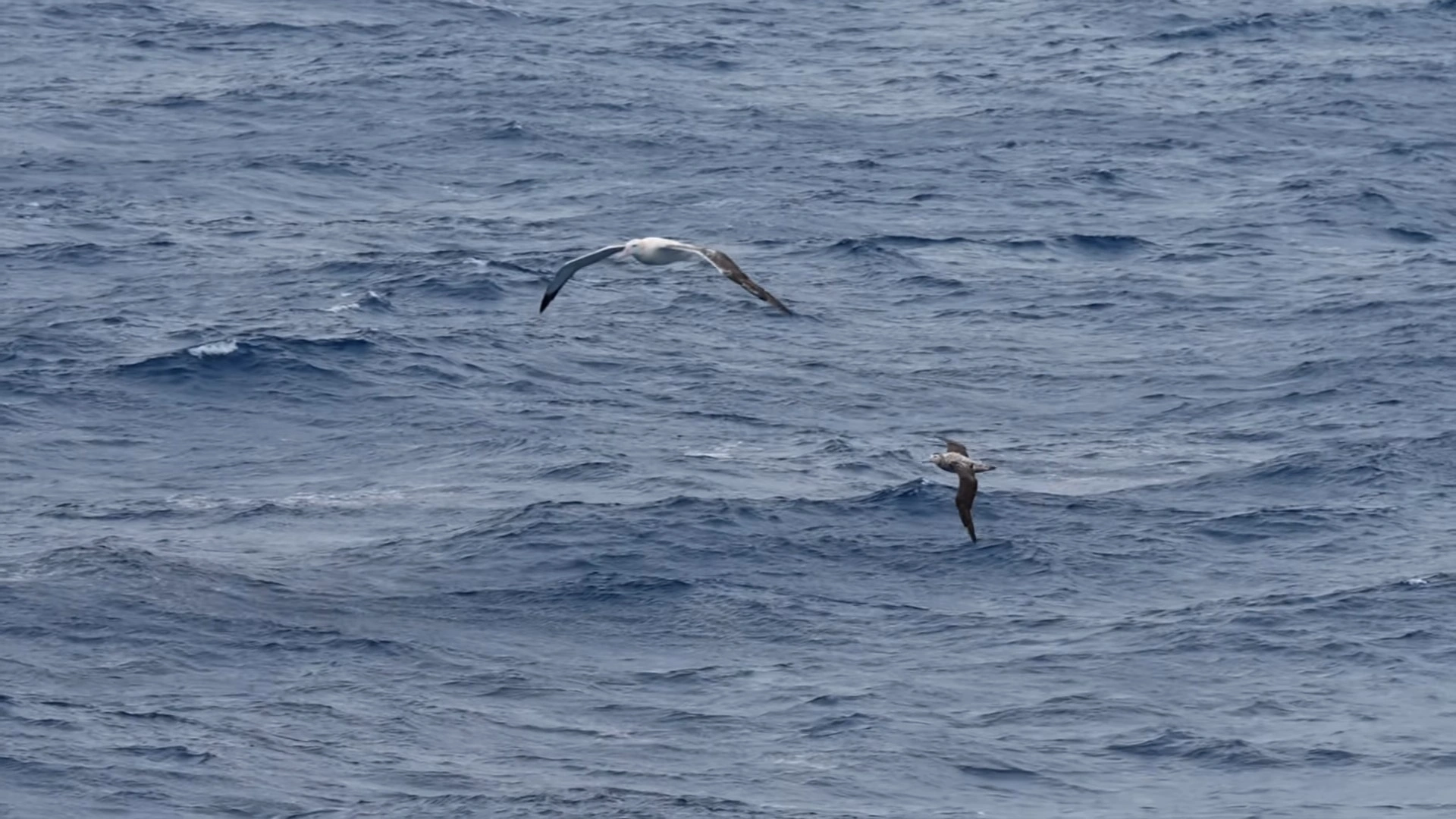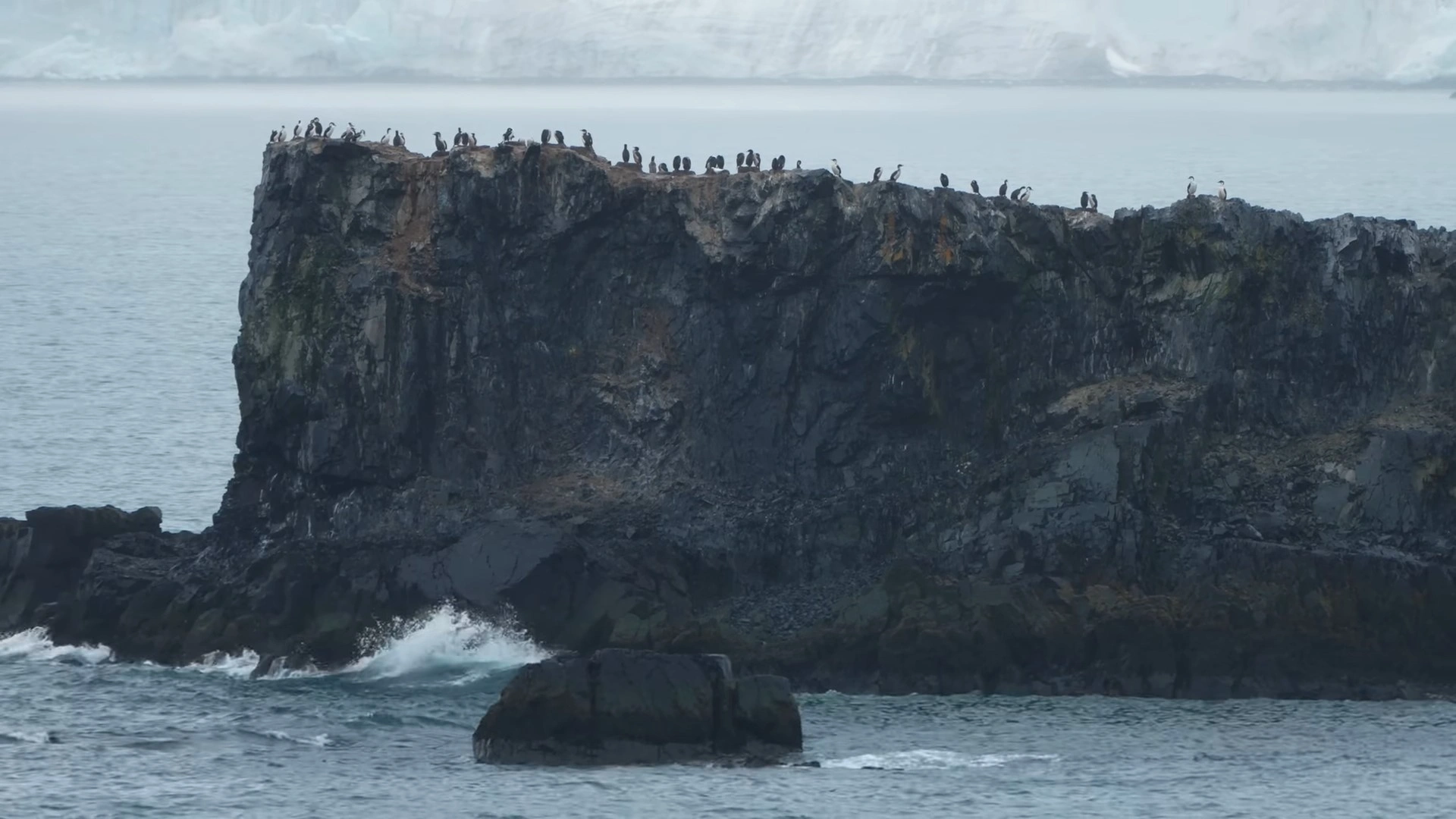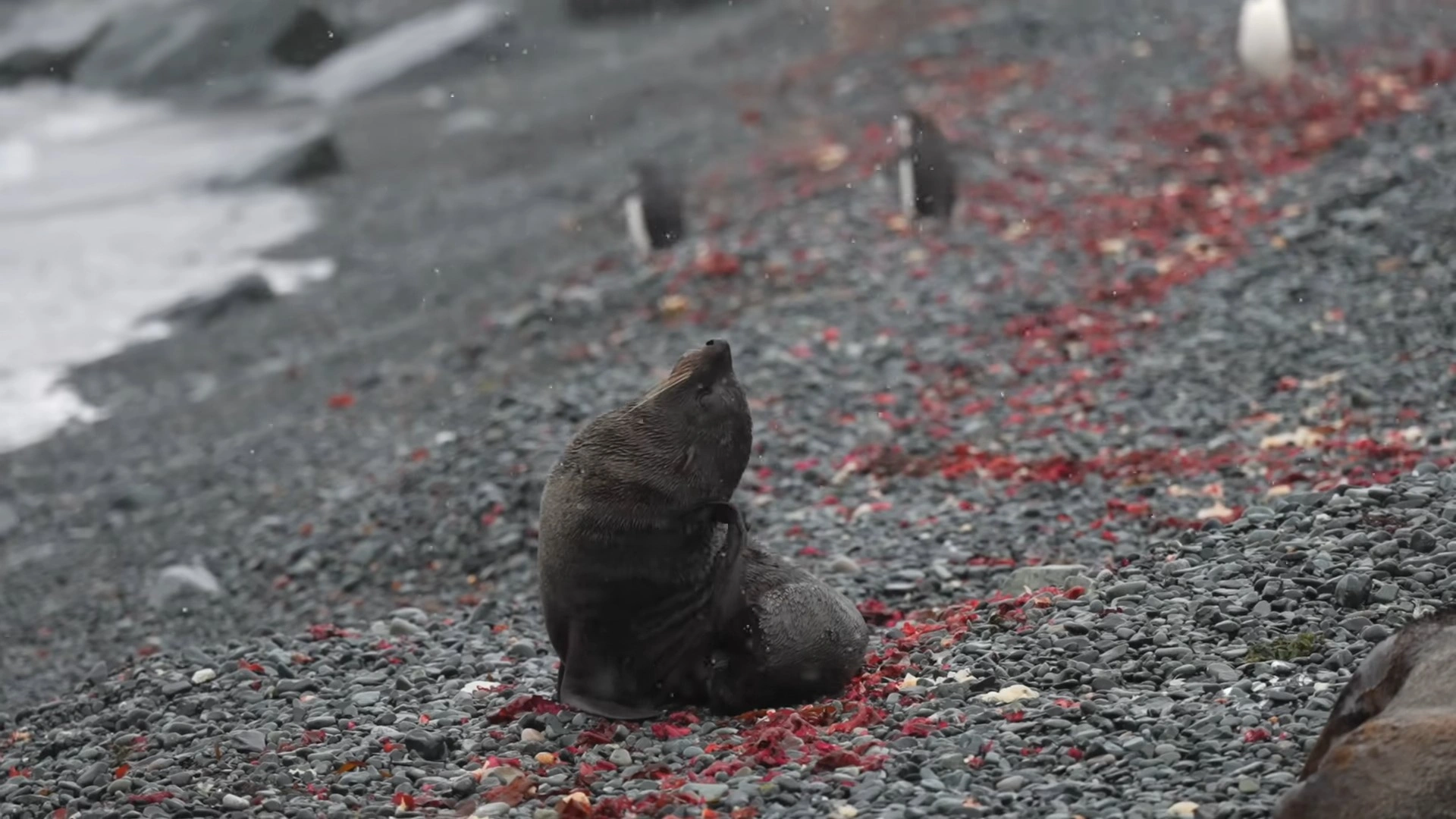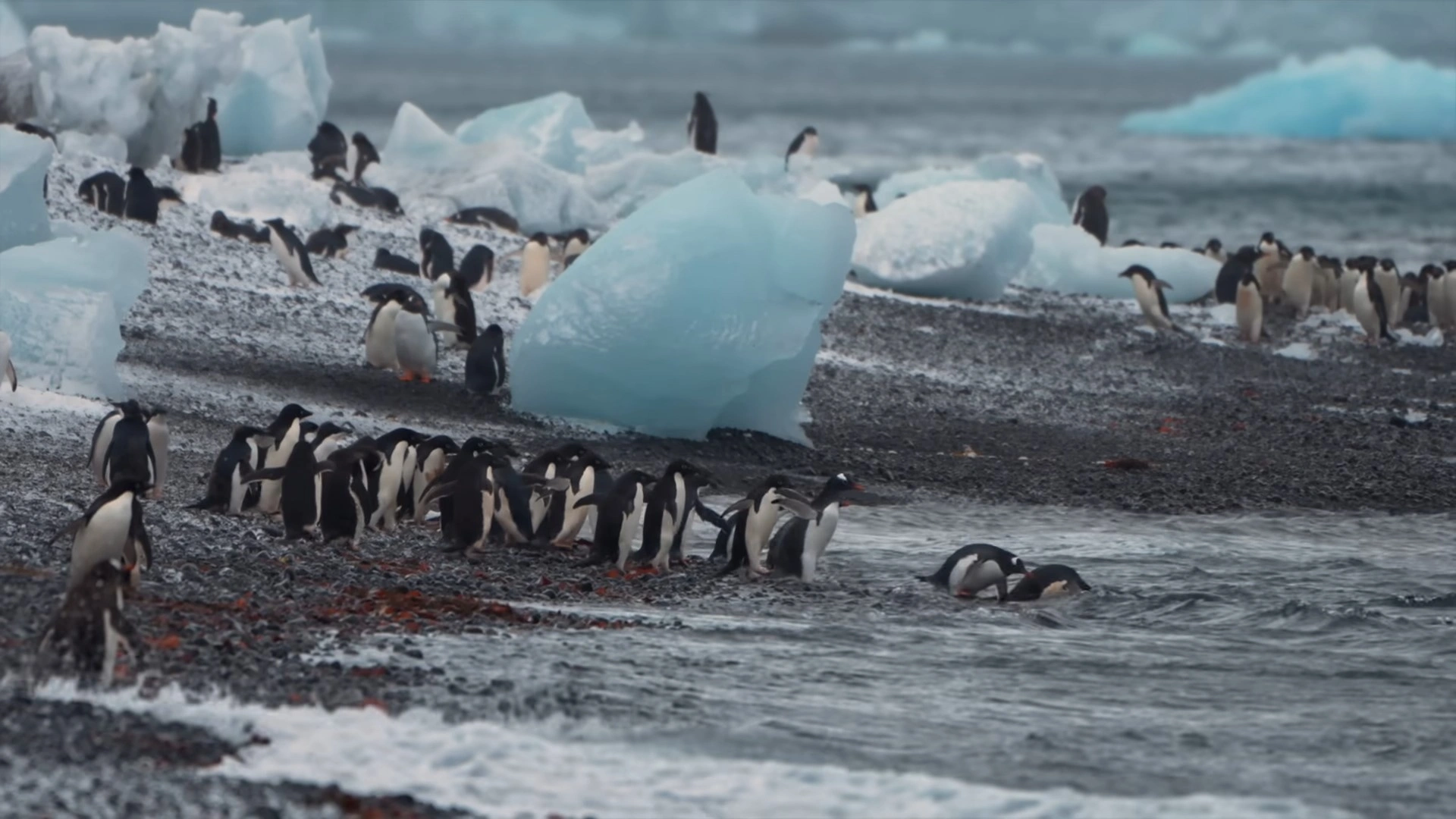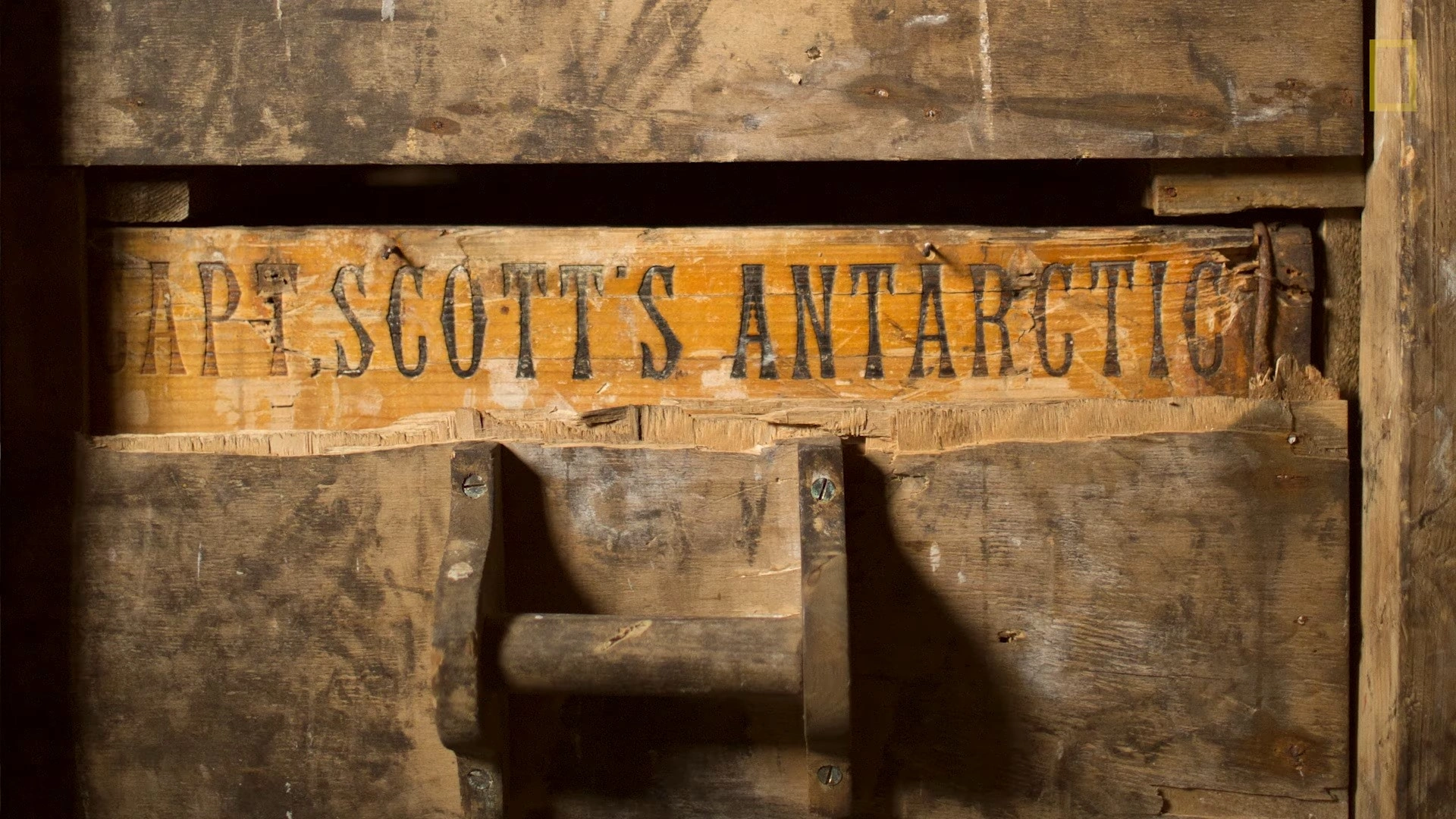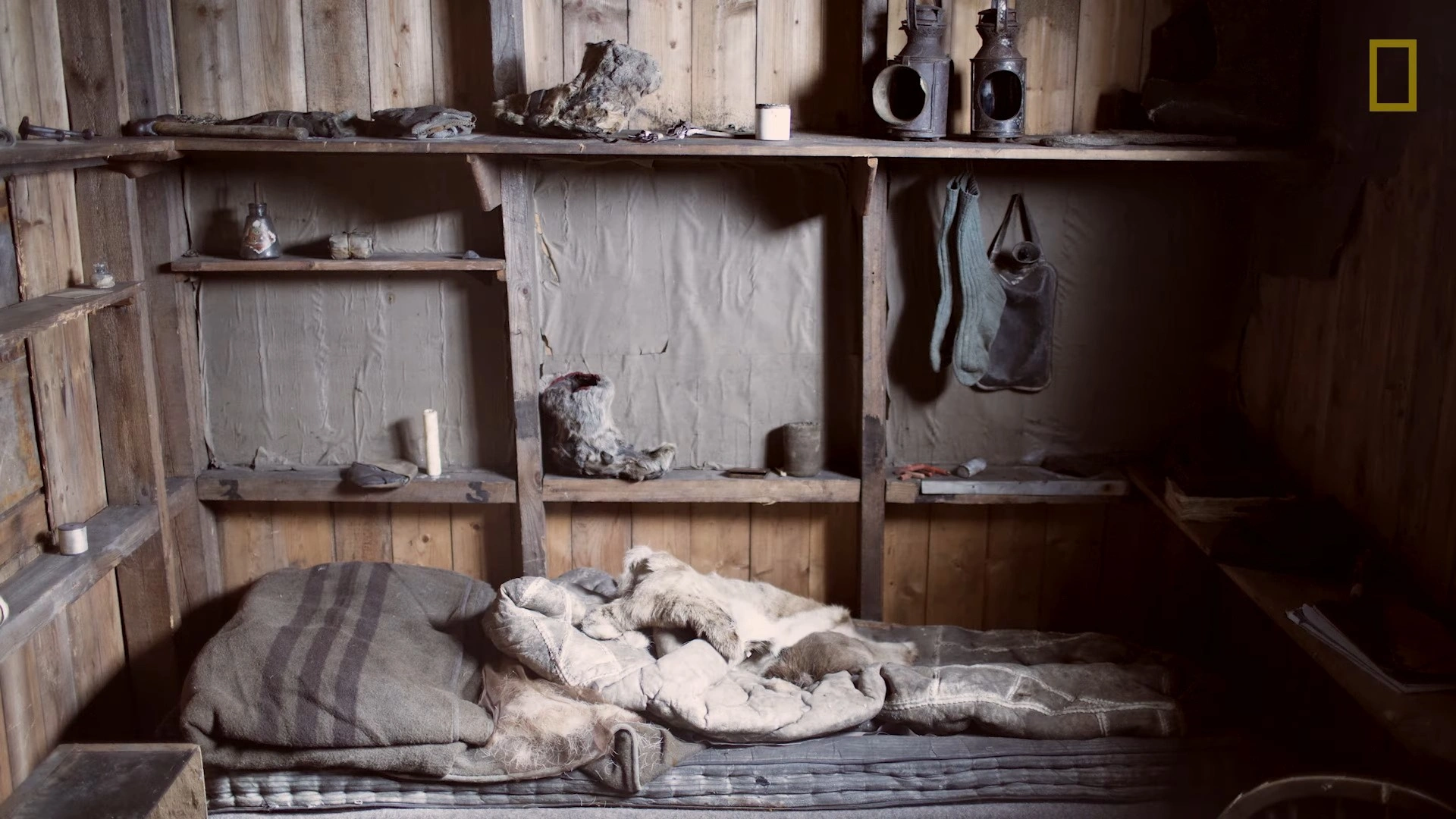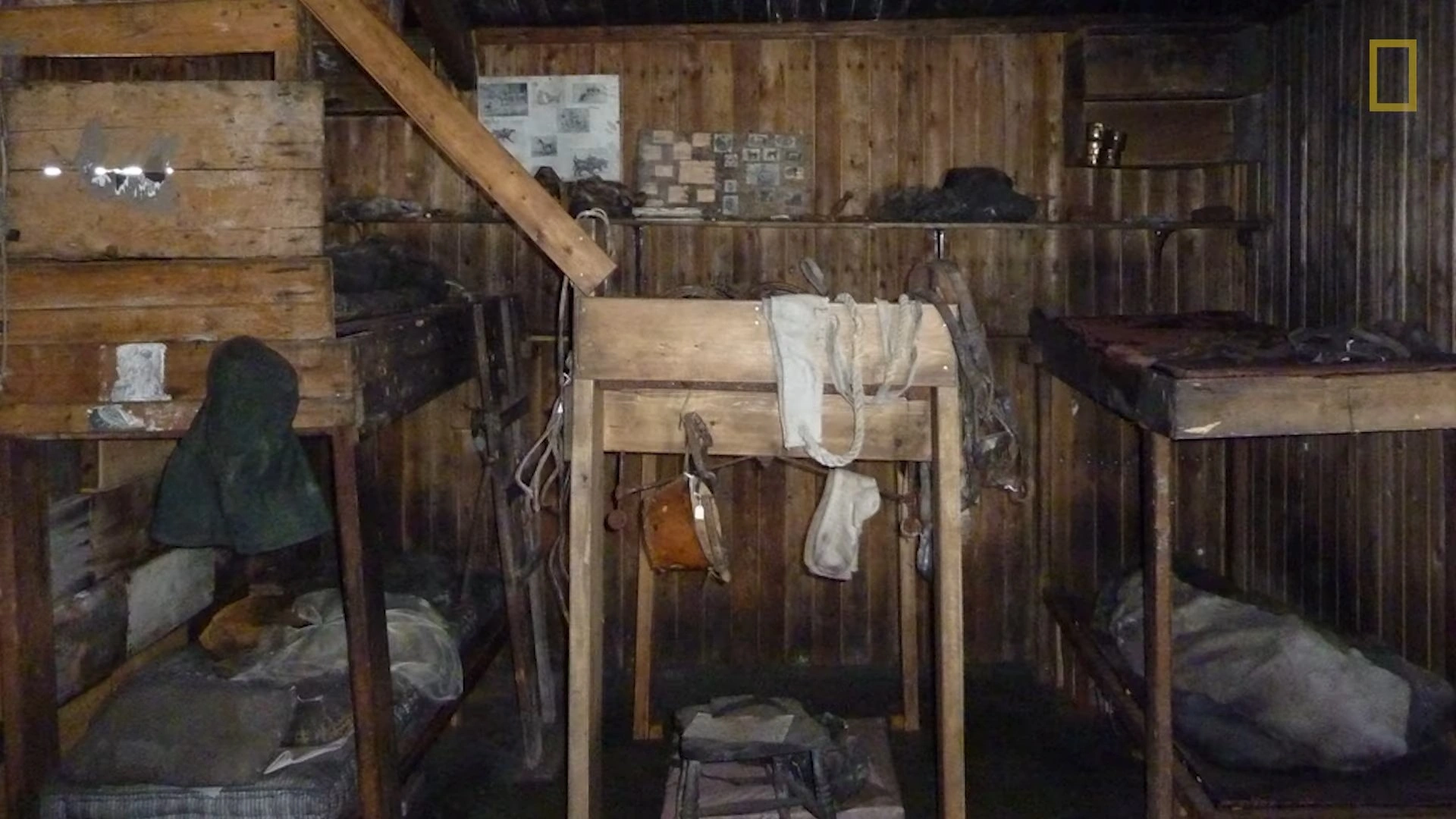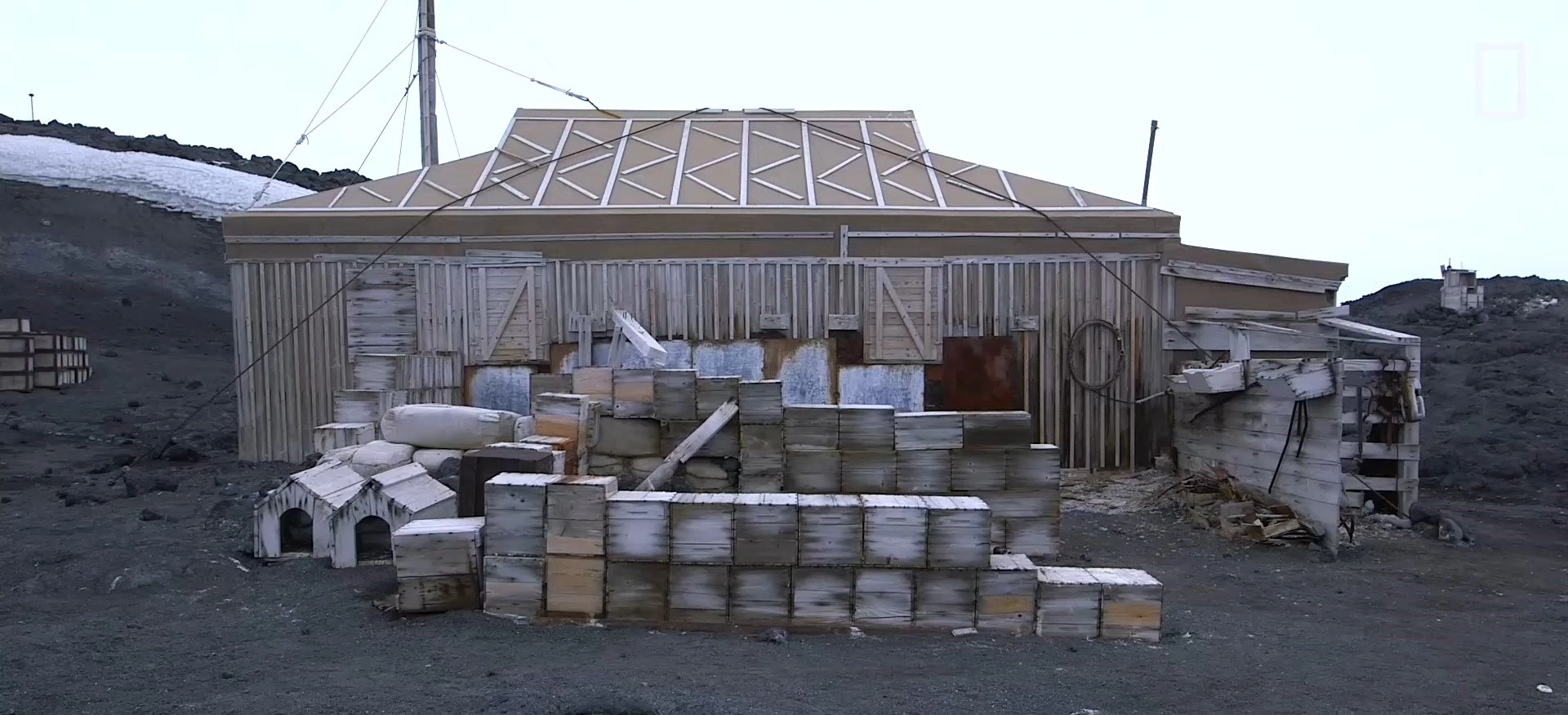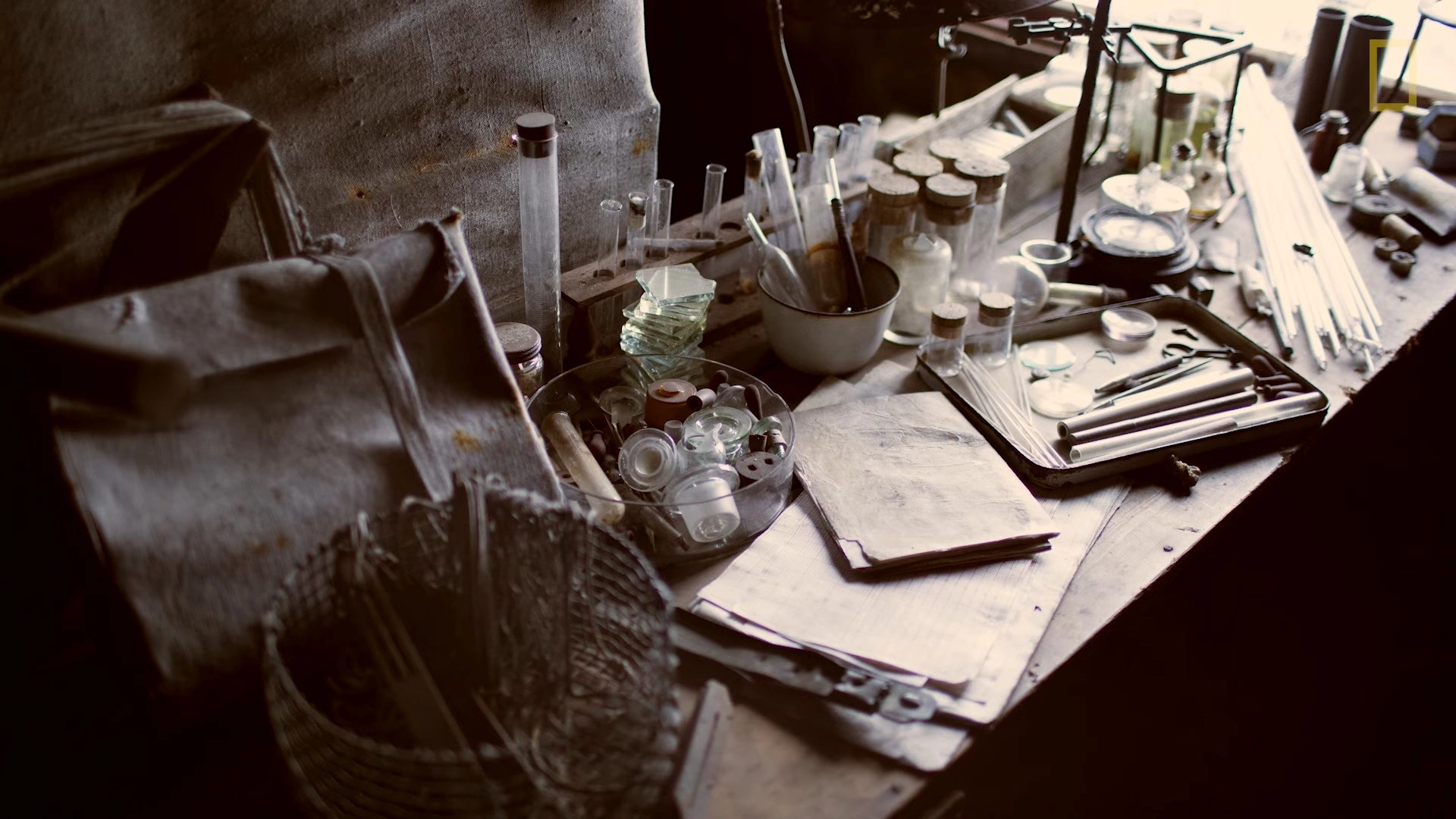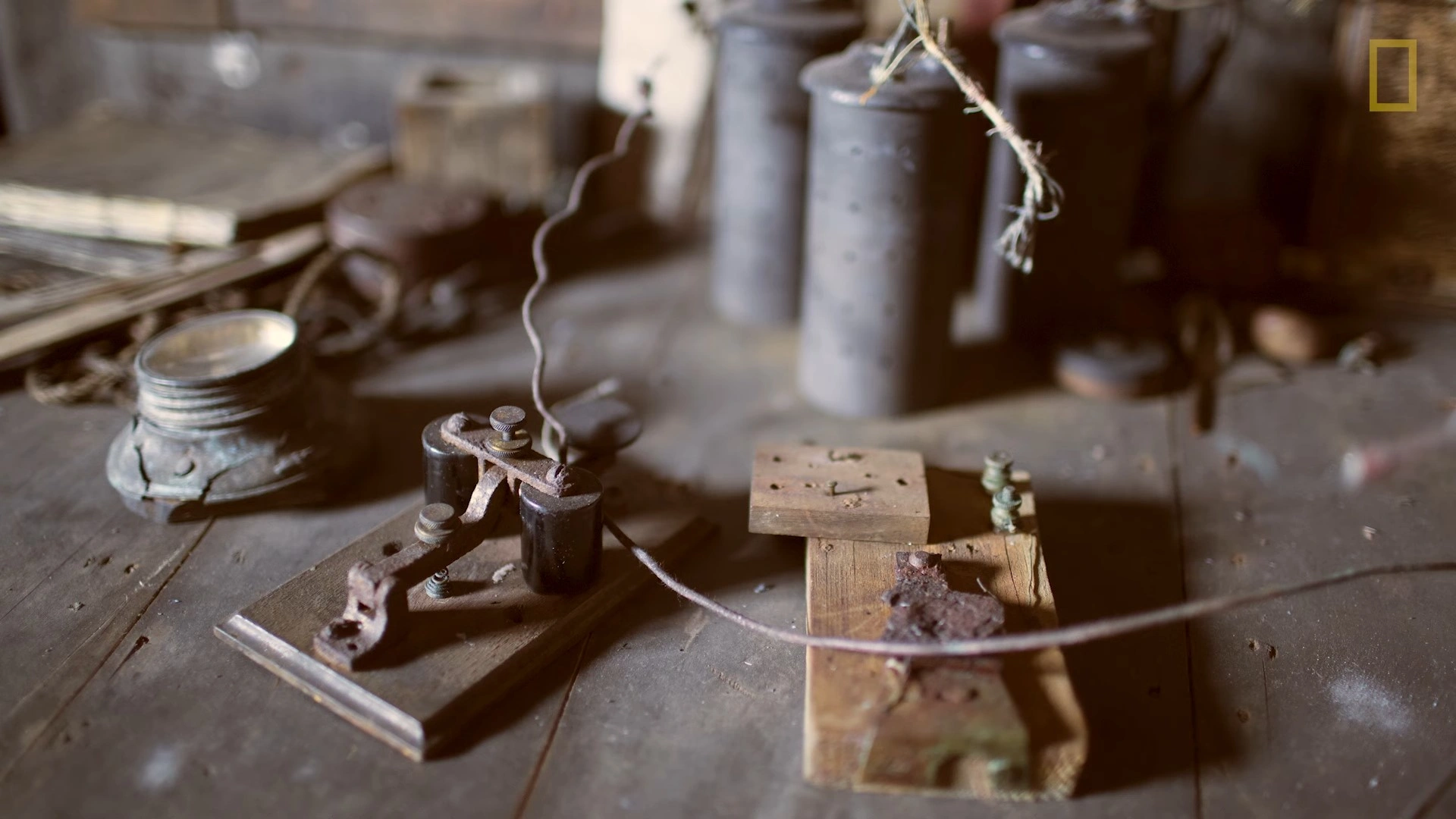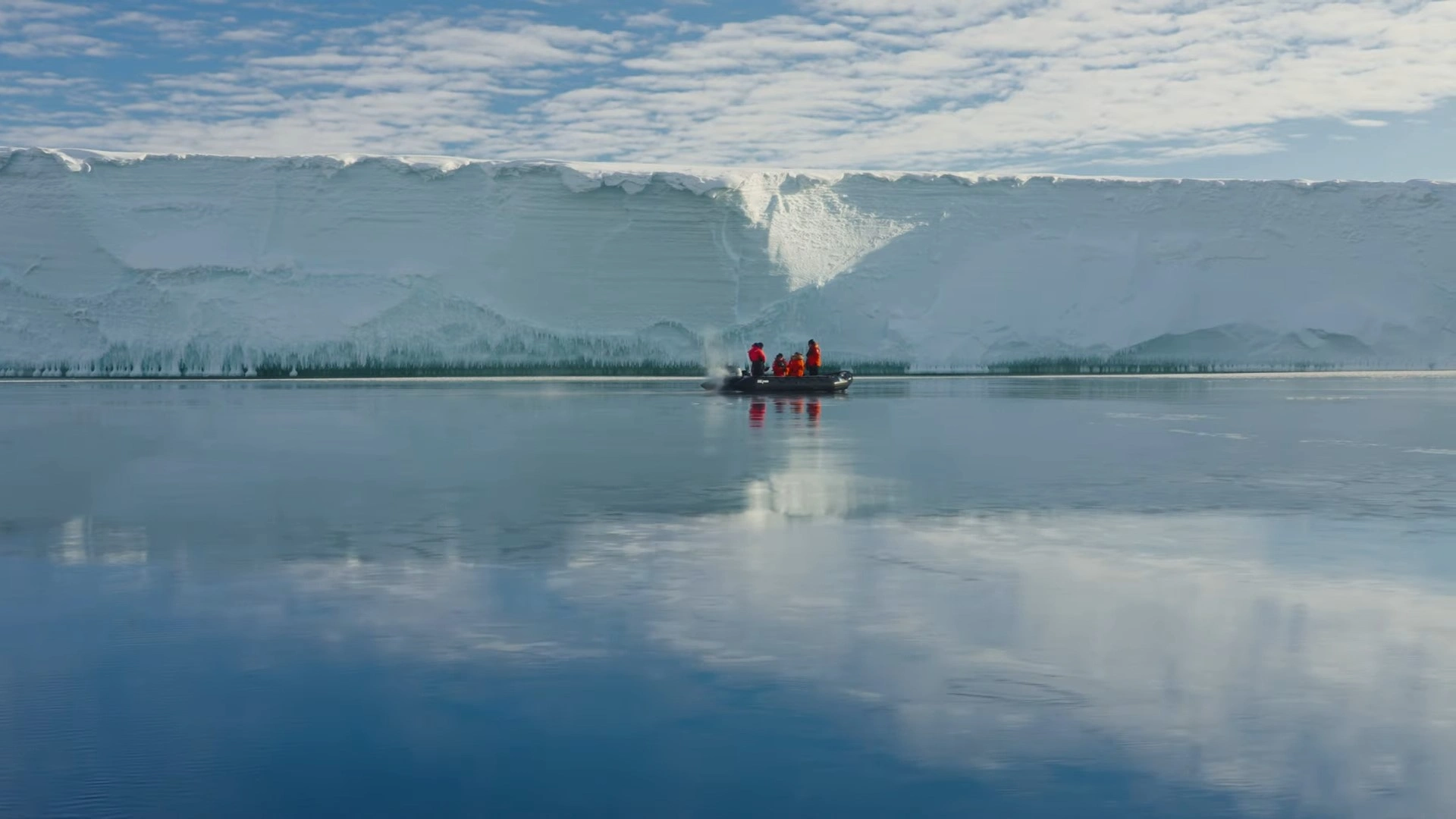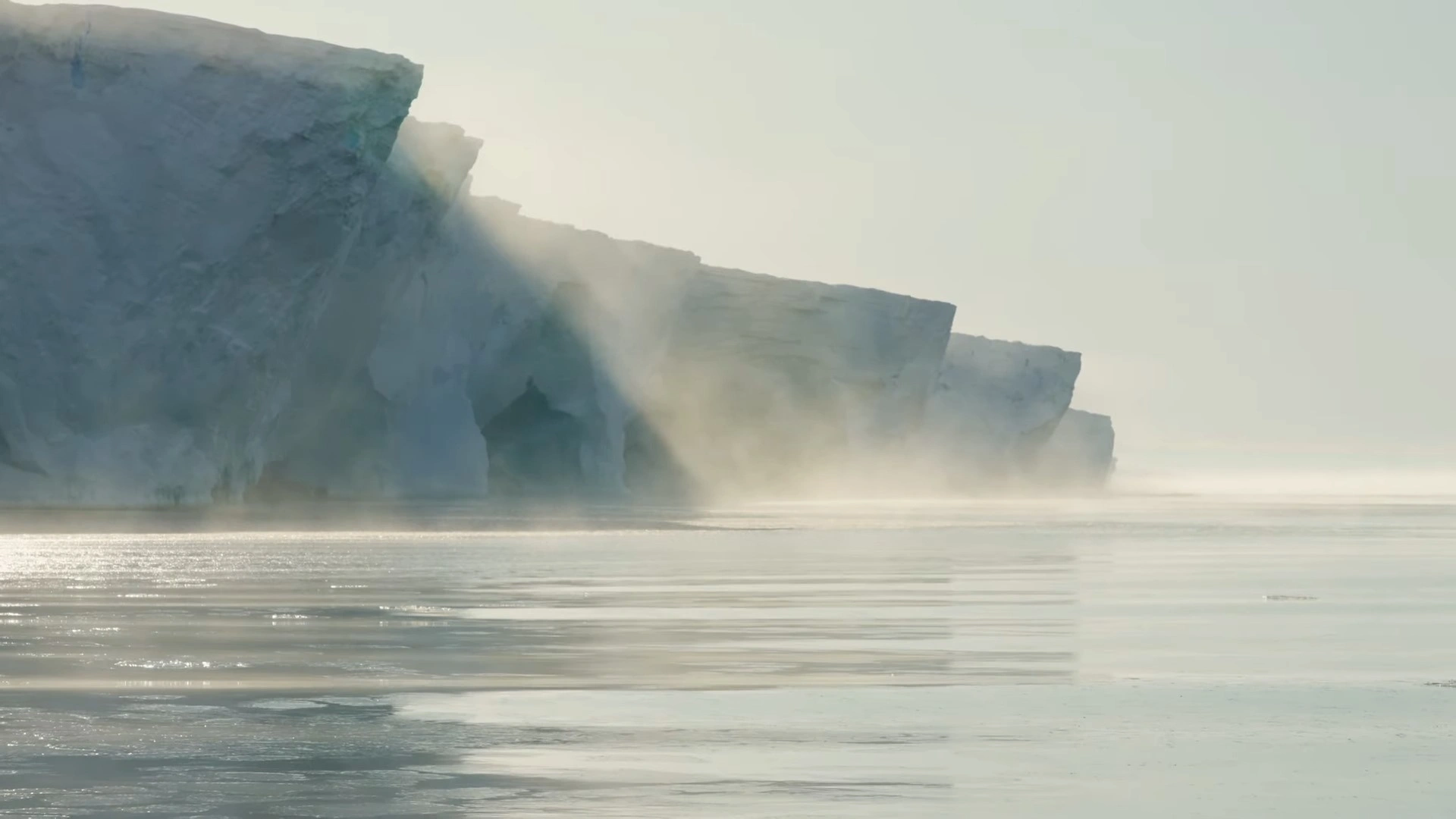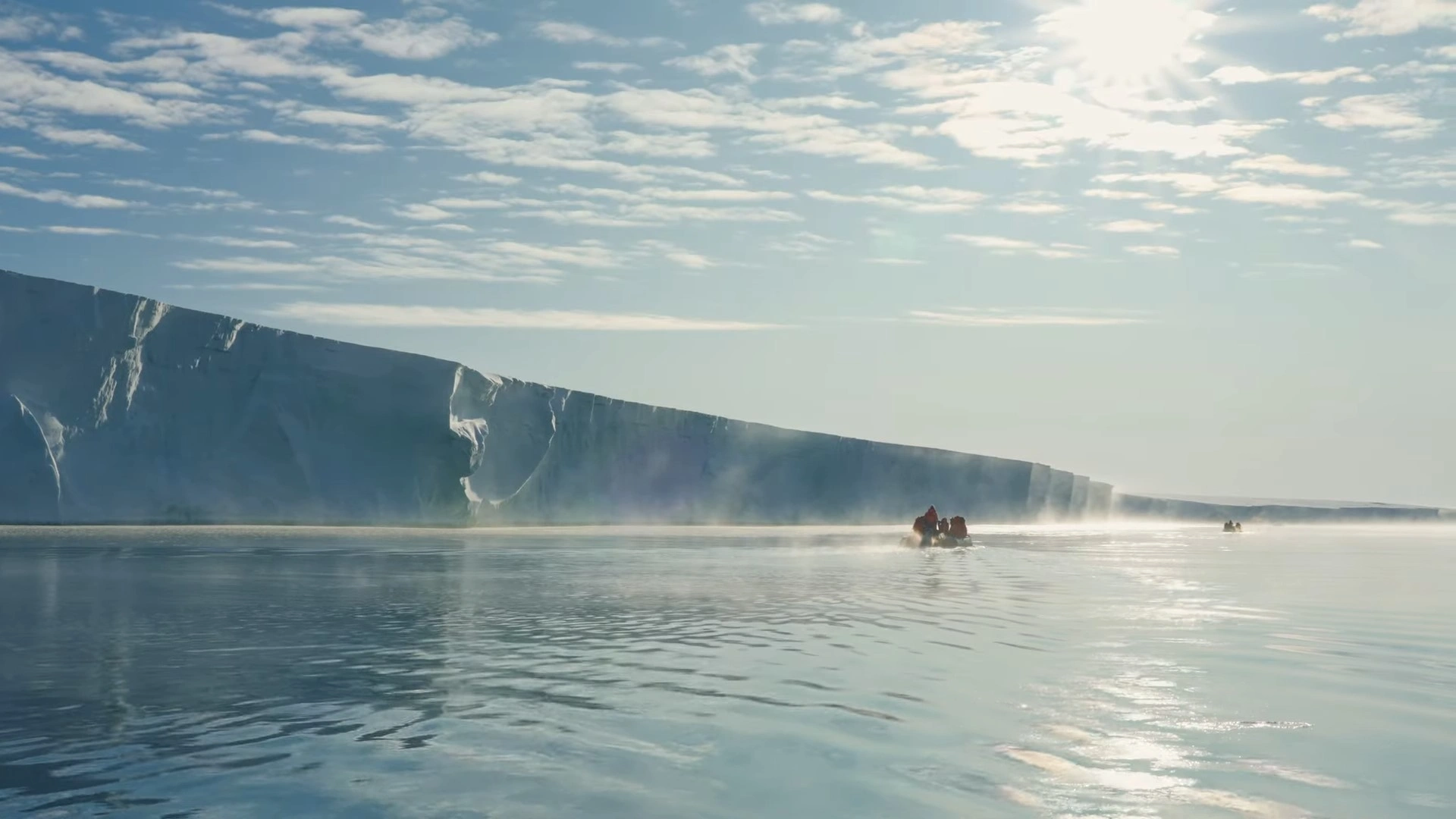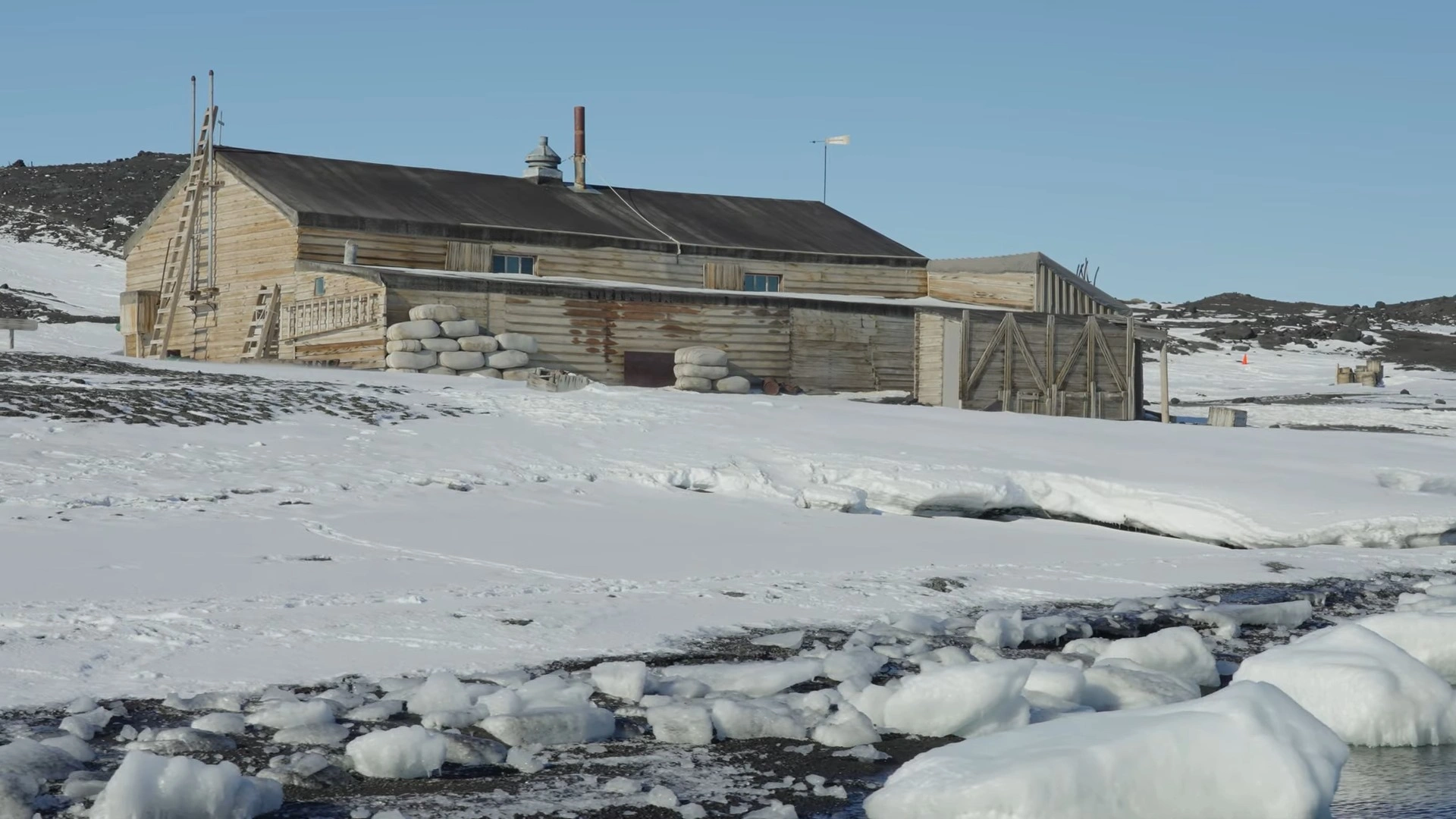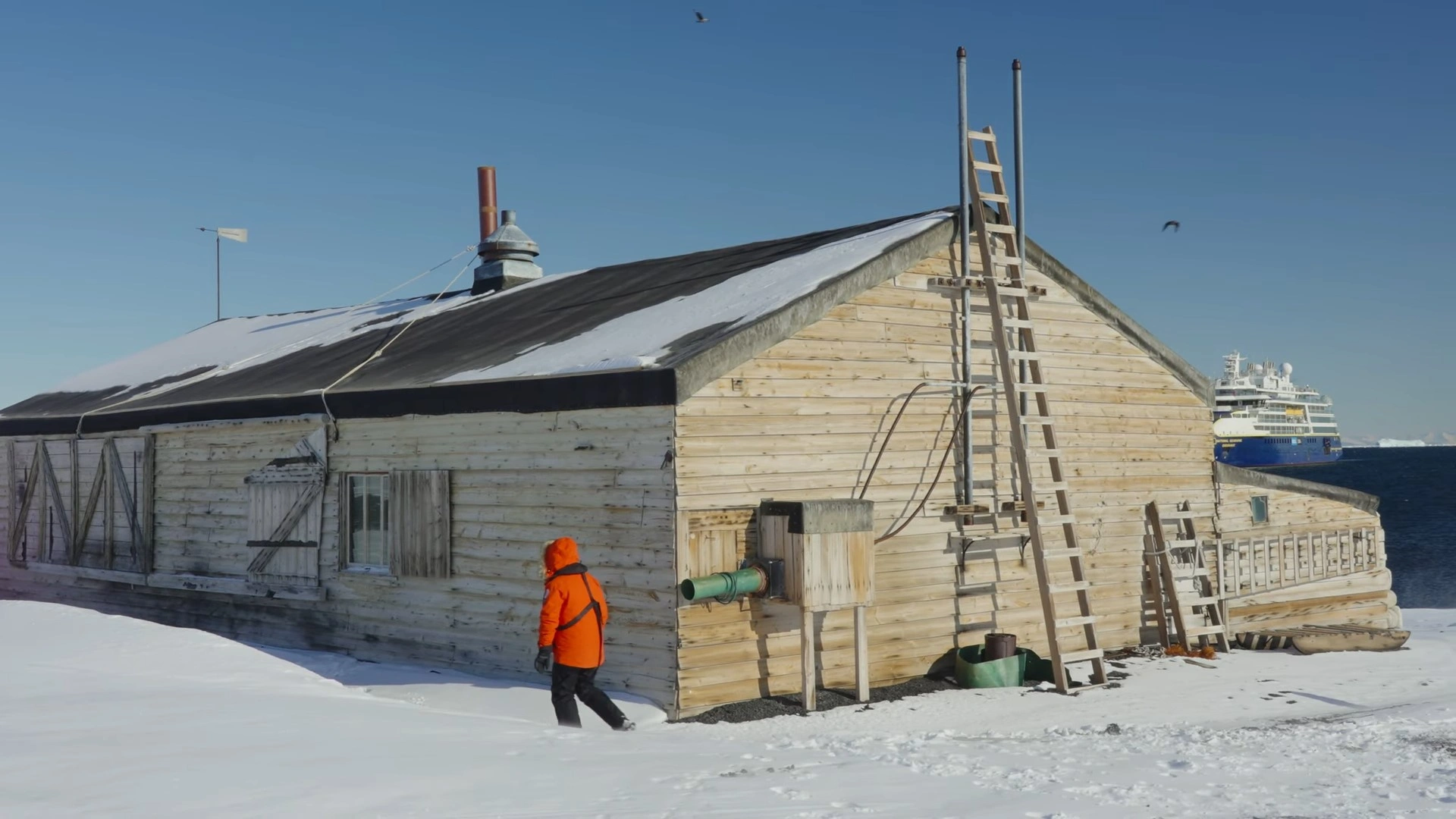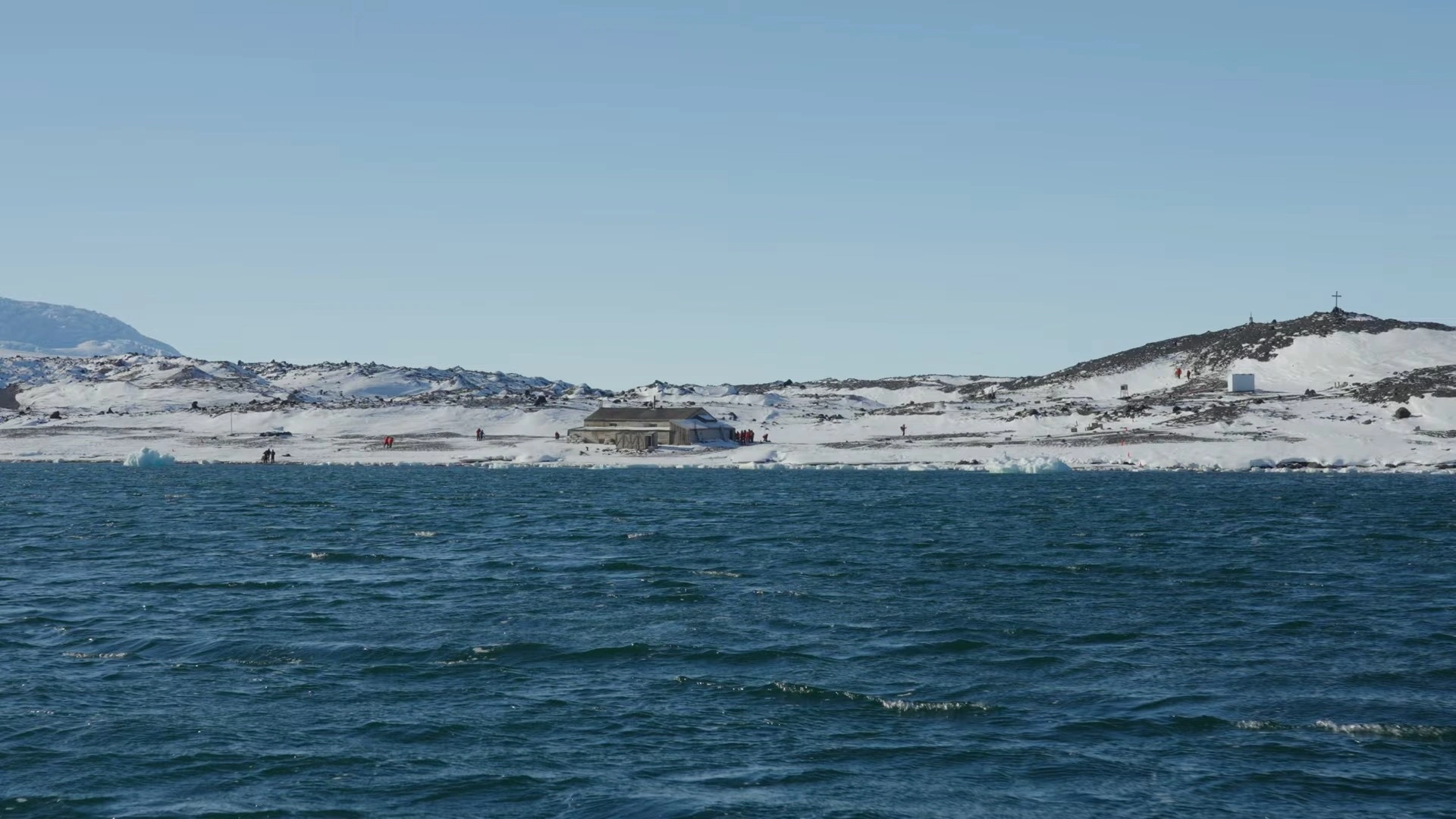The icy region of Antarctica holds a gold mine of history, with endless accounts of trying travellers and unbelievable accomplishments of endurance. Among the most captivating remnants of the region’s past are the historic huts that dab the landscape of the Ross Sea region. These modest sanctuaries filled in as essential life savers for early pioneers, giving shelter from the cruel Antarctic circumstances and a base for their expeditions into the unexplored world.
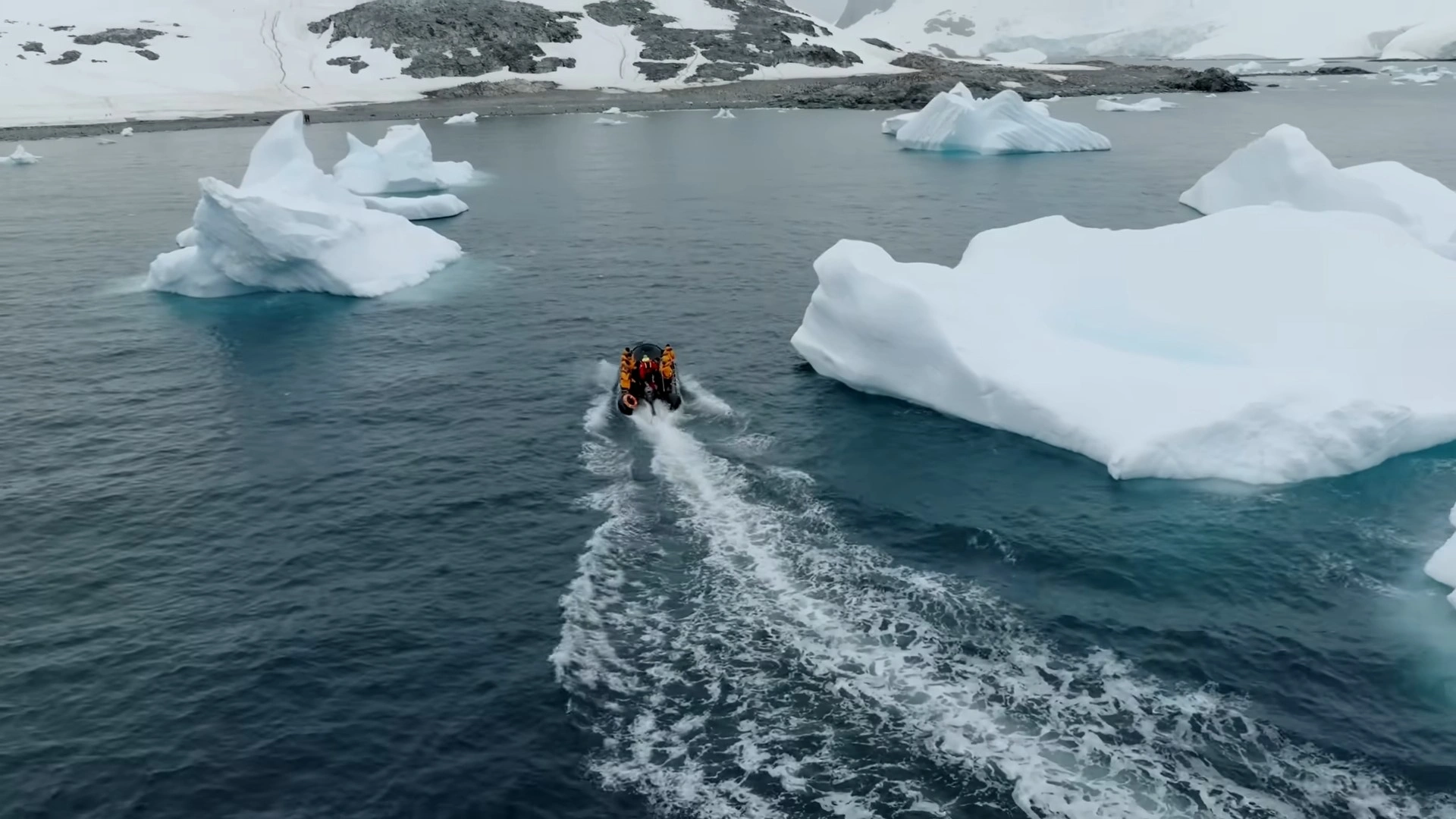
The Ross Sea region and its importance in Antarctic exploration.
The Ross Sea region in Antarctica is a spot saturated with history and importance with regards to Antarctic exploration. It is situated towards the south of New Zealand and stretches towardss the Ross Ice Rack, making it a critical region for logical research and exploration. Named after the well-known British pioneer Sir James Clark Ross, who originally found it in 1841, the Ross Sea region played an essential role in forming how we might interpret the Antarctic landmass.
One of the most famous highlights of the Ross Sea region is the Ross Ice Rack, which is one of the biggest ice shelves in Antarctica. This massive ice rack fills in as a passage to the mainland, making it a strategic location for expeditions and explorations. The Ross Sea itself is known for its rich biodiversity, with a different scope of marine life inhabiting its waters, including penguins, seals, and whales.
The region is likewise home to a few historic huts that were utilised by early pilgrims during their expeditions to Antarctica. These huts, including those built by pioneers, for example, Robert Falcon Scott and Ernest Shackleton, are significant social and historical tourist spots that give a brief look into the difficulties faced by the early pilgrims. These huts have been painstakingly saved and are presently safeguarded as UNESCO World Heritage locales, filling in as a sign of the fortitude and assurance of the people who wandered into the obscure for the sake of science and disclosure.
Notwithstanding its historical importance, the Ross Sea region is likewise a basic region for logical research. The brutal climate and far-off location make it an optimal spot to study climate change, glaciology, and marine biology. Scientists from around the world come to the Ross Sea region to lead research and assemble information that will assist us with better comprehension of the effects of climate change on the Antarctic landmass and the remainder of the world.
The Ross Sea region is additionally home to a few research stations, including the McMurdo Station, which is the biggest research station in Antarctica. These research stations give scientists a base to lead trials and concentrate in a controlled climate, permitting them to make groundbreaking disclosures that couldn’t be made elsewhere on the planet.
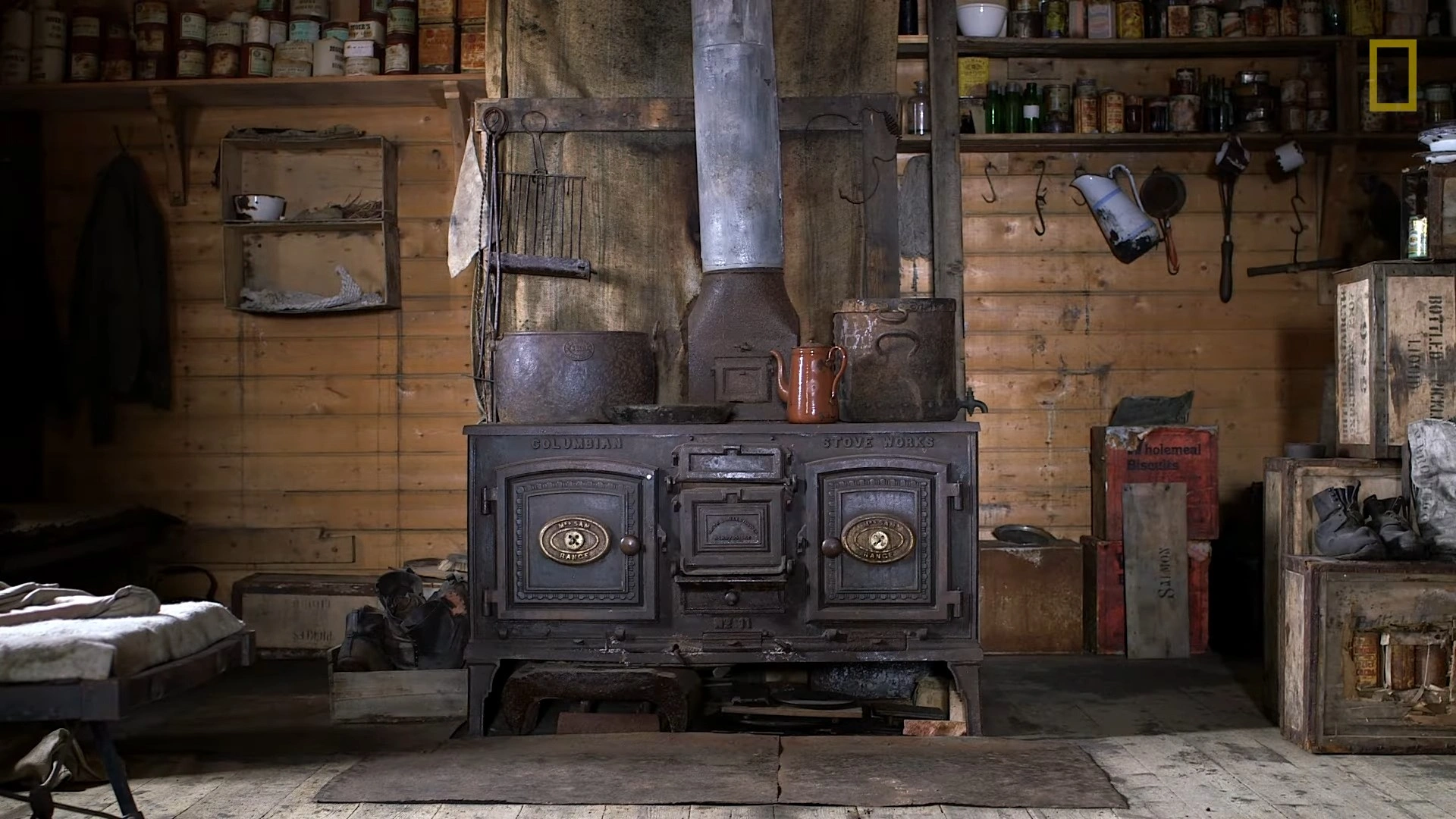
The different historic huts built by renowned pilgrims like Robert Falcon Scott and Ernest Shackleton.
The Ross Sea region of Antarctica is home to various historic huts that were built by popular adventurers during the Gallant Period of Antarctic Exploration in the late nineteenth and mid-twentieth centuries. These huts filled in as bases for expeditions to investigate the strange and unwelcoming landmass, and they stand as a demonstration of the grit and diligence of the ones who built and possessed them.
One of the most popular of these huts is the Disclosure Hut, which was built by Robert Falcon Scott during his most memorable Antarctic expedition in 1901–1904. Situated at Hut Point on Ross Island, this hut was utilised as a base for logical research and as a shelter from the cruel Antarctic circumstances. Scott and his men made a few endeavours to reach the South Pole from this hut, but in any case, their journey was fruitless.
Another notable hut in the region is Shackleton’s Hut, which was built by Ernest Shackleton during his Nimrod Expedition of 1907–1909. Situated at Cape Royds on Ross Island, this hut was utilised as a base for Shackleton’s endeavour to reach the South Pole. Shackleton and his men drew closer to the shaft than anybody had previously; however, they had to turn around because of unforgiving atmospheric conditions. The hut is very much protected and contains numerous curiosities from the expedition, giving visitors a brief look into the day-to-day routines of these early wayfarers.
Notwithstanding these well-known huts, there are a few others dispersed all through the Ross Sea region that were built by different travellers during this time span. These huts differ in size and construction, yet all act as tokens of the difficulties faced by the people who wandered into the frozen wilderness of Antarctica.
Large numbers of these huts have been saved and reestablished lately because of the endeavours of progressives and antiquarians who perceive their importance as a feature of Antarctica’s rich history. Visitors to the region can visit these huts and find out about the expeditions that occurred there, acquiring a more noteworthy appreciation for the boldness and assurance of the early pioneers who conquered the components in search of knowledge and experience.
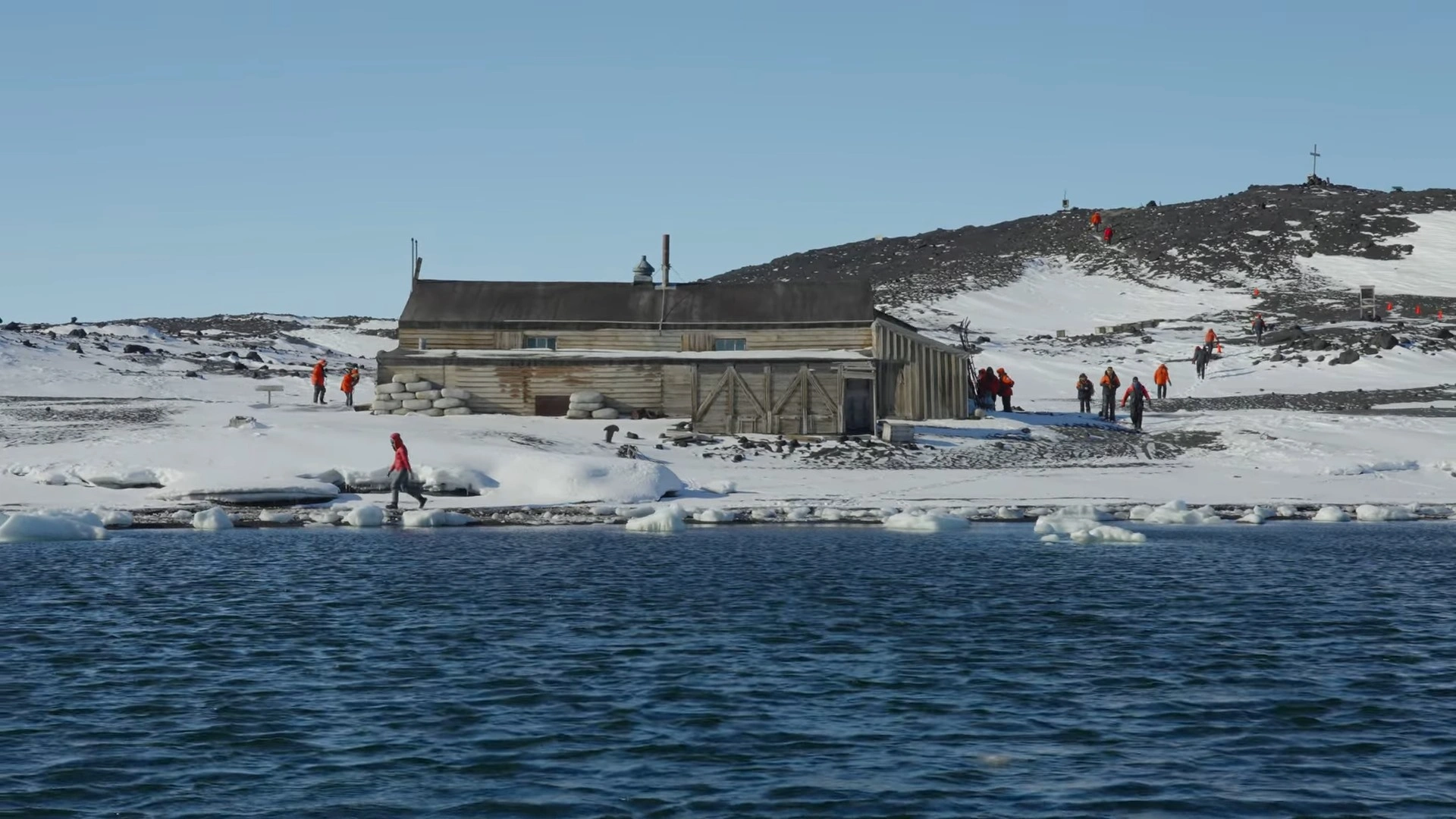
Point-by-point depictions of each hut, including their construction, purpose, and historical importance.
The historic huts of the Ross Sea region offer a captivating look into the past, offering a novel understanding of the existences of early voyagers and scientists who overcame the brutal Antarctic climate by chasing knowledge and experience. These huts, painstakingly saved and reestablished by advanced protection endeavours, stand as landmarks to human creativity and steadiness, notwithstanding outrageous circumstances.
Quite possibly one of the most notable huts in the region is the British Antarctic Expedition Hut, otherwise called Scott’s Hut, situated at Cape Evans on Ross Island. Built during Robert Falcon Scott’s doomed expedition towards the South Pole in the mid-1900s, this hut served as headquarters for the expedition group. Built essentially from neighbourhood materials, for example, wood and layered iron, the hut was intended to endure the fierce Antarctic winters and give asylum to the men and gear. Inside, the hut is partitioned into separate living spaces, with a focal living region, dozing quarters, and a lab for logical investigations.
One more remarkable hut in the Ross Sea region is Shackleton’s Hut at Cape Royds, likewise built during the Gallant Time of Antarctic exploration in the mid-1900s. This hut was utilised by Sir Ernest Shackleton and his men during their Nimrod expedition, which was expected to reach the South Pole. Like Scott’s Hut, Shackleton’s Hut is produced using wood and creased iron, with a comparative format of living spaces. However, this hut is separated by the presence of ancient rarities abandoned by the expedition group, including food supplies, clothing, and logical gear.
The Revelation Hut at Hut Point, additionally on Ross Island, is one more significant historical design in the Ross Sea region. This hut was built during the British Public Antarctic Expedition driven by Robert Falcon Scott in the mid-1900s and filled in as a base for logical research and exploration. Developed from wood and stone, the hut includes a focal living region, dozing quarters, and a little research centre space. Like different huts, Disclosure Hut gives a brief look into the regular routines of early Antarctic travellers, with curious supplies still set up from the expedition.
Each of these huts holds critical historical and social worth, filling in as tokens of the boldness and assurance of the ones who lived and worked in the fierce Antarctic circumstances. They stand as unmistakable connections to the past, permitting visitors to step back in time and experience firsthand the difficulties and wins of these early travellers and scientists. Through cautious protection endeavours, these huts keep on recounting the tale of humankind’s growing interest in the obscure and our tireless quest for revelation in the most ungracious corners of the Earth.
Conclusion
The historic huts of the Ross Sea region stand as silent witnesses to the bravery and endurance of early Antarctic explorers. Built by renowned figures such as Robert Falcon Scott and Ernest Shackleton, these huts offer a rare glimpse into the past, showcasing the daily lives and struggles of those who ventured into the unknown. Preserved as UNESCO World Heritage sites, these huts not only highlight the significant role of the Ross Sea in Antarctic exploration but also continue to serve as critical research bases for scientists studying climate change and marine biology. Visiting these huts provides a unique opportunity to step back in time and appreciate the monumental efforts that paved the way for our understanding of the Antarctic continent. As you explore these historical landmarks, you’ll gain a deeper appreciation for the spirit of adventure and the relentless pursuit of knowledge that defined the Heroic Age of Antarctic Exploration.
FAQs
What are the historic huts of the Ross Sea region?
The historic huts in the Ross Sea region of Antarctica were built by early explorers like Robert Falcon Scott and Ernest Shackleton. They served as bases for their expeditions and provide a glimpse into the challenging conditions they faced.
Who built the Discovery Hut?
The Discovery Hut was built by Robert Falcon Scott during his first Antarctic expedition (1901-1904) and served as a base for scientific research and shelter.
Where is Shackleton’s Hut located?
Shackleton’s Hut is located at Cape Royds on Ross Island. It was used during his Nimrod Expedition (1907-1909).
Why are these huts significant?
These huts are significant because they represent the courage and determination of early Antarctic explorers. They are preserved as UNESCO World Heritage sites and serve as a reminder of the historical expeditions.
Can visitors tour these historic huts?
Yes, visitors can tour these huts and learn about the history and daily lives of the explorers who built them, thanks to preservation efforts.




